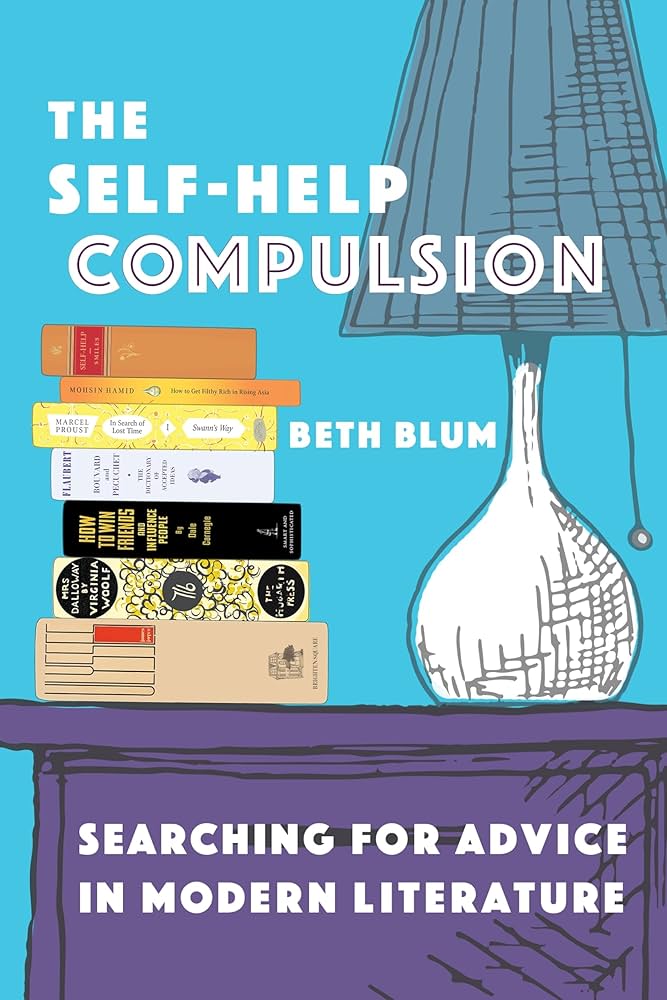In her recent book The Self-Help Compulsion, Harvard professor Beth Blum discusses the Onitsha Market pamphlets, among many other examples of self-help literature from around the world, in her effort to offer a more culturally specific and layered reading of the genre. Many people tend to write off self-help literature as little more than fodder for the worried well-off, and as Blum concedes, there is good reason to do so. Between books on self-actualization, speaking circuits for self-appointed life coaches, high-priced personal growth seminars, and corporate-sponsored self-care initiatives, the $10 billion a year industry can seem to be little more than, as she puts it, “a force…that fosters privatized solutions to systemic problems.”
But as Blum shows, the genre actually originated in the literature of radical self-improvement societies and the collective do-it-yourself efforts of 19th century British anarchists and socialists. Long before the publication of Dale Carnegie’s How to Win Friends and Influence People and Abigail Van Buren’s “Dear Abby” columns, working people were reading manifestos like George Jacob Holyoake’s 1857 Self-Help by the People, which urged readers to acquire new skills so that they might be of better service to others.
As the genre moved away from these roots and embraced laissez-faire capitalism, Blum writes, it found an increasing number of detractors. The modernists, in particular, took great pains to distinguish their work from the genre, even mocking its instrumentalism with titles like Ezra Pound’s How to Read (1929). But for all of self-help’s faults, Blum wonders whether anything of value has been lost in the growing disdain for a practical literature that seeks to move us toward becoming better versions of ourselves. The self-help genre, she explains, fosters “a specific mode of reading” that values books as tools “for agency, use, well-being, and self-change” and that operates well outside academia or the rarefied world of the literati (in places like the Onitsha Market, for example).
While the literature of advice and of cultivating personal fortitude has existed as long as the written word, from the Analects of Confucius to the writings of the Stoics, Blum dates the advent of modern self-help to mid-19th-century Britain.
Self-help, she writes, may have reinforced the notion of self-sufficiency, but its impulse toward self-reliance also grew out of radical working-class organizations like labor cooperatives and mutual aid societies. In these settings, laborers held meetings to discuss ways of bettering themselves and looked to books like Self-Help by the People to learn skills that could benefit the community.
